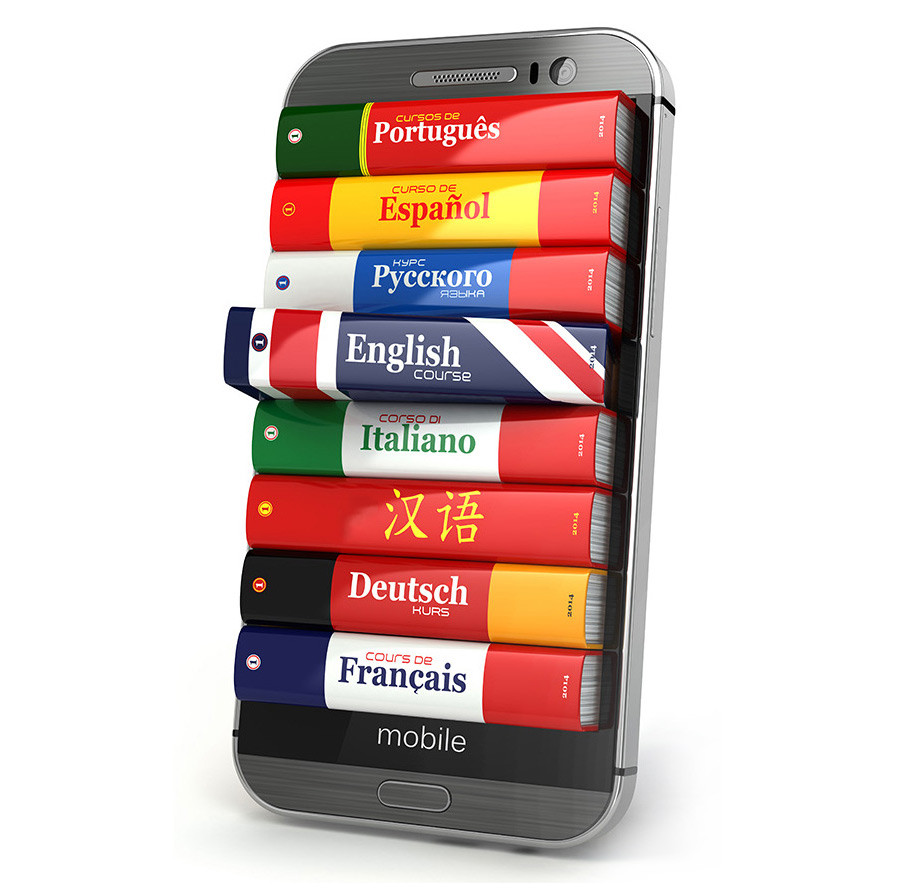Smartphones: your pocket-sized translation machine
- Miley Thomas
- April 14, 2016
- 6,639 views

Microsoft just updated its Translator app to now support offline translation. That means that even phones which do not have a Wifi or data connection can utilize the app’s translation functions to translate content.
In the future, we should see this offline translation capacity become the norm rather than the exception for our mobile phones. Our mobile phones will become the single most important tool for translation. Importantly, mobile translation will not just leverage machine translation (like that of Microsoft’s offline translation app) but also provide human translation more opportunities than ever.
Mobile translation includes not only mobile apps increasingly using machine translation technology to translate words and phrases from your smartphone, but also includes the use of a mobile platform for human translation. One such system is called Stepes that uses the mobile messaging interface to ensure usability and efficiency.
The mobile translation space is attracting a lot of resources and competition. The offline aspect of the Microsoft translation app gives the app an advantage over Google Translate’s iOS app, which can only do translations online. Of course, the downside is that Microsoft translation app users must download a data pack of about 250 megabytes per language (there are 43 languages available to choose from), but that’s not an exorbitant amount of memory.
Other entrants into the mobile translation space include mobile translation app powerhouses like iTranslate and Baidu’s translation app, which allows you to take a picture of the object you wish to be translated. Stepes entered the mobile translation space recently with a slightly different approach to mobile translation. Unlike other mobile translation app, Stepes is entirely powered by human translators, not machine translation. Instead, the smartphone becomes the software platform from which translators can work. While machine translation apps target travelers or individuals who need occasional translation support from day to day, Stepes targets businesses who need perfectly accurate translations of customer-facing content.
In both the case of Stepes and other mobile translation apps however, the mobile device itself is the powerful tool that enables translations to happen on a bigger scale, at greater volumes, and at faster speeds than ever. This is what we call Big Translation – the ability for more global bilingual talent to participate in large-scale translation regardless of geography or timezone.
Mobile is changing the way we can translate because of its ubiquity and versatility. By 2020, there will be nearly 6.1 billion smartphones in the world, meaning there will be far more people with smartphones than without. Our smartphones today also have more computing power than some of the fastest early supercomputers. Entrepreneurs and innovators thus see their opportunity: how can we turn this powerful piece of technology of which nearly everyone owns into a disruptive, game-changing platform? Mobile translation will be just one of the many applications mobile will have. It already is changing the way we engage with e-commerce. In the future, it will most certainly change the way we translate or even learn language.
Whether it is a machine translation app that lets you order at a restaurant where you don’t speak the language or a human translation mobile platform like Stepes that lets you order to complete translations anywhere you can bring your smartphone, mobile translation will have ripple effects for international business and communication.












